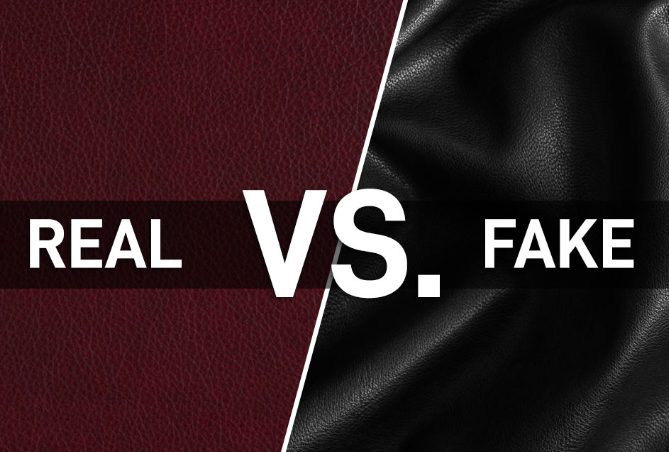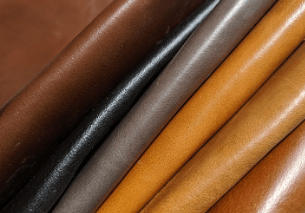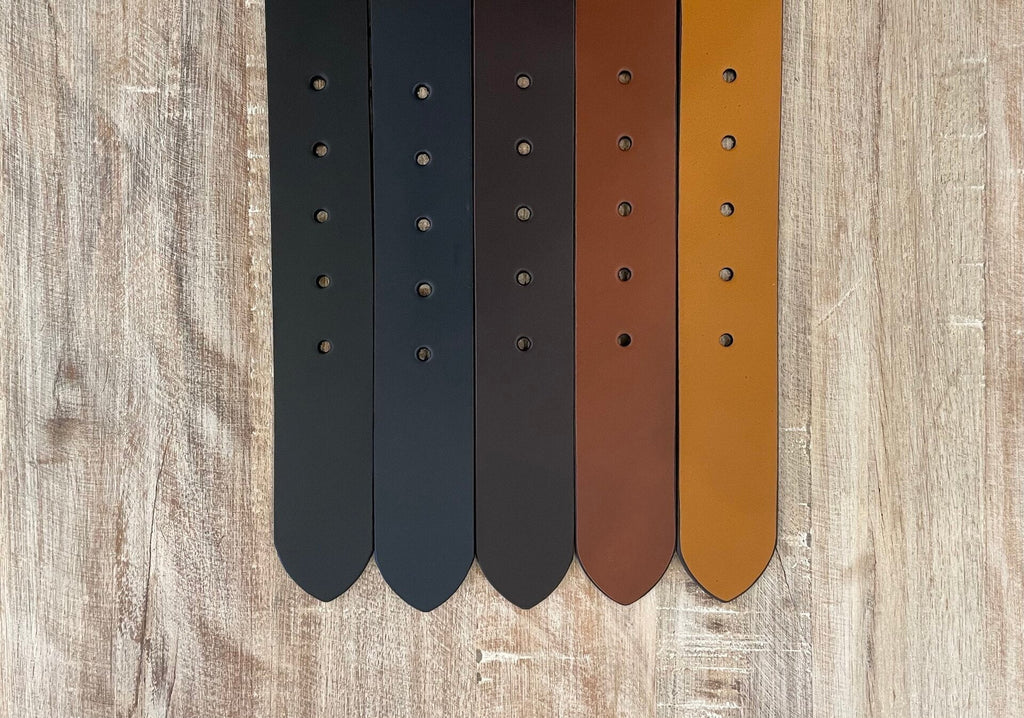
How to Tell if Your Leather is Real or Fake
Leather products can vary widely in quality, with genuine leather offering superior durability, aesthetics, and even sustainability in some cases. Knowing how to tell if leather is real or fake can help you make informed purchasing decisions, ensuring you get the quality you're paying for. This guide will walk you through several reliable methods to distinguish genuine leather from synthetic materials, allowing you to spot quality easily.
Common Differences Between Real and Fake Leather
Real leather is a natural material made from animal hides, which gives it unique characteristics. Fake leather, on the other hand, is usually made from synthetic materials such as polyurethane (PU). Genuine leather typically has an uneven grain pattern and may show minor imperfections, while fake leather often looks uniform and lacks character.
|
Feature |
Real Leather |
Fake Leather |
|
Grain |
Natural and inconsistent |
Smooth, uniform, synthetic |
|
Smell |
Earthy, unique scent |
Chemical or plastic-like smell |
|
Texture |
Soft with a little roughness |
Smooth and plastic-feeling |
Visual and Texture Inspection
One of the simplest ways to determine if leather is real is to inspect its appearance and texture closely. Genuine leather will have natural grain variations and inconsistencies. You can perform the "pinch test" to see how the material reacts to pressure; real leather will show wrinkles or creases, much like skin. Fake leather tends to be unnaturally smooth and lacks the flexibility genuine leather has.
Smell Test
The smell test is one of the oldest tricks in the book. Real leather has a distinct, earthy aroma that comes from the tanning process. This smell is hard to replicate, whereas fake leather often has a more chemical or plastic-like odor due to synthetic components.
Water Absorption Test
Another simple test involves water. Place a small drop of water on the surface of the leather. Genuine leather will absorb the moisture and darken slightly, then return to its normal color after a while. Faux leather, being synthetic, will repel the water, leaving the surface unchanged.
The Fire Test – Use With Caution
The fire test can be an effective way to determine authenticity, but it comes with obvious risks. When exposed to a small flame, real leather will char slightly but will not melt. However, fake leather will melt or bubble due to its synthetic components. If you decide to use this test, do so with extreme caution and only on a small, non-visible part. Realistically, the other methods we’ve gone over should suffice, and you usually won’t have to resort to the fire test.
Backside Inspection and Labels
Inspecting the backside of the material can provide additional clues. Real leather often has a rough, suede-like backing, while fake leather has a cloth or synthetic base. Additionally, many manufacturers include tags or labels indicating whether the material is genuine or synthetic—check these to confirm the material.
Final Thoughts on Determining the Authenticity of Your Leather
Learning how to distinguish real leather from fake can be straightforward when you know what to look for. Always practice multiple methods—such as visual inspection, touch, and smell—to ensure accuracy. With these tools at your disposal, you can confidently determine the authenticity of leather products, ensuring you invest in quality items.
- Choosing a selection results in a full page refresh.
- Press the space key then arrow keys to make a selection.





